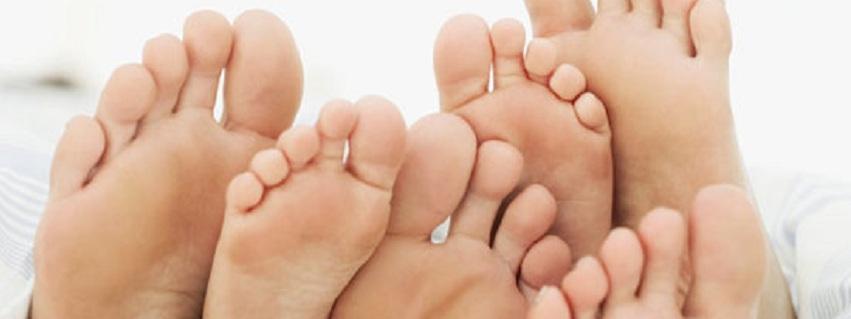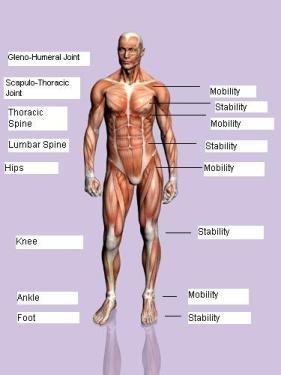
Part 3 – The Stronger The Base, The Stronger The Body: Training Your Feet For MMA
by Corey Beasley

By Doug Balzarini
In part 3 of this 3-part series, we are going to take a look at one of the most underrated areas of the body, the feet and ankle complex.
Look at most strength training routines and chances are you’ll see exercises for the chest, legs, arms, abs, and back. There’s nothing wrong with that but are we neglecting the ankles and feet? They comprise such a small percentage of our body; surely they can’t be that important, right? Consider this:
- Between the two they have 52 bones, that’s about 25% of your whole body!
- Between the feet and ankles, they have 33 joints and over 100 muscles!
- They are the first thing that makes contact with the ground when we walk, run, punch, kick, jump, shoot, etc.
In other words, they are extremely important. Do not neglect the feet and ankles in your training programs. This is especially for athletes who perform their sport barefoot. I love the expression, “You can’t shoot a cannon out of a canoe”. For our purposes, I translate the “canoe” to be our bodies, starting from the ground (i.e. feet) up. The “cannon” will be our explosive strikes and attacks on our opponent. Build that strong foundation and you’ll be a much more efficient and effective athlete.
How Do We Train Them?
I like to follow something called the, “Joint-By-Joint Approach” that was popularized by PT Gray Cook and coach Mike Boyle. For the most part, it views the joints of the body in an alternating mobility and stability pattern. The ankle, hip, thoracic spine, and glenohumeral joint should be mobile while the knee, lower back, cervical spine, and scapulae should be stable.
 Stability
Stability
Following this approach, it’s important to improve the stability of the feet while having proper range of motion in the ankle joint. We can improve the feet by using some fairly simple tips:
- Include foot-specific movements into your warm-up routines
- Exercise barefoot - where it’s safe of course…
- Perform single leg exercises - 1-leg deadlifts, squats, and elevated split squats
- Wear “minimalist” footwear - New Balance Minimus & Vibram are 2 examples
*These may not be appropriate for everyone
Mobility
For the ankle joint, we want to restore/correct/maintain the proper range of motion… meaning we want adequate mobility. For many folks, especially combat athletes, ankles sprains and tweaks are quite common. If they simply “fight through it”, over time, scar tissue will form around the joint that will lead to decreased dorsiflexion. This function is extremely important in shock absorption during running, jumping, kicking, punching, and many of our typical daily activities as well.
Understanding that everything is connected, we can begin to see how tightness in the ankle (limited dorsiflexion is common) can lead to a number of issues up the kinetic chain. Just because an athlete may have low back pain or knee pain, it’s possible that the ankle joint is a contributing factor. Instead of strengthening, mobilizing, and improving proprioception, the typical protocol is heavy taping and bracing. Research shows this can affect proper gait patterns and could lead to injuries elsewhere in the body. You can begin to see how important it is to have healthy, properly functioning feet and ankles. Strengthening the feet and incorporating joint mobility techniques are both essential for improving the health of the foot, ankle, and entire body.
Great quote, “It’s the victims that cry out, not the criminals. Don’t chase the pain.” - PT Diane Lee
Above I shared with you some simple things you can incorporate into your sessions to help with the stability and proprioception of the feet. This video below will show you some stretches directed towards the flexibility of the lower leg musculature and ankle mobilization techniques directed toward the joint.
About Doug Balzarini
Doug Balzarini, CSCS, MMA-CC, is the owner of DB Strength, which provides fitness training, education, and resources. He is also the strength and conditioning coach for Alliance MMA where he works with UFC Champion Dominick Cruz, Bellator Champion Michael Chandler, Brandon Vera, Travis Browne, Ross Pearson, Alexander Gustafsson, and more. Prior to starting his own business, Doug worked at Fitness Quest 10 as a personal trainer, strength coach, and Operations Director for Todd Durkin Enterprises (TDE).
He has completed some graduate work in Biomechanics at SDSU and has obtained multiple certifications including ACE, NSCA-CSCS, MMA-CC, TFW Level 1, TRX instructor training, RIP training, EFI Gravity instructor training, LIFT Sandbag Certification, and FMS training. He has produced his 2 DVD projects on strength training for combat athletes, appeared in many fitness videos and articles, and was a coach on “The Ultimate Fighter” FOX TV show in 2012.
For more information please visit www.dbstrength.com.




